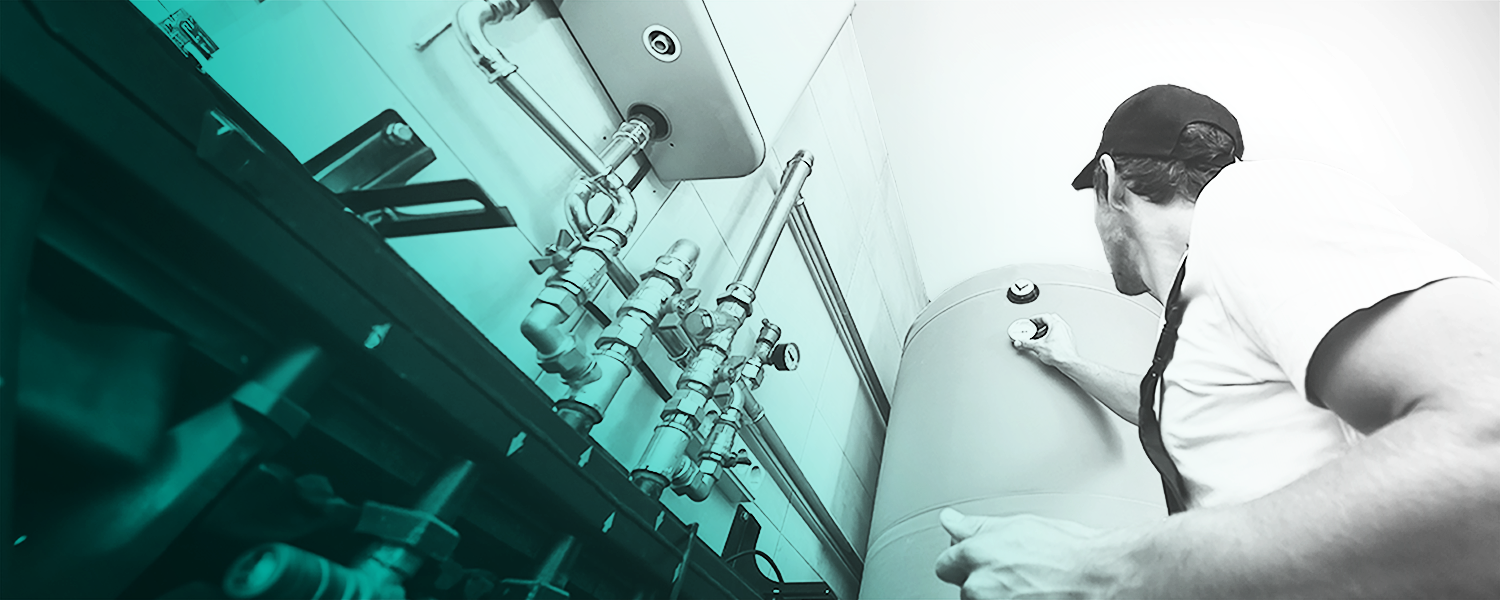
ILLUME conducted an ethnographic research study to explore the magnitude of installation challenges for heat pump water heaters (HPWHs) in cold-climate zones. ILLUME aimed to shed light on why adoption and installation barriers exist and how to overcome these barriers.
The Challenge
Energy-efficient water heating is a focal point for market transformation because heating water accounts for 20% of home energy use in the United States. Despite numerous market solutions over the past decade—including new products and standards mandating more efficient appliances—the expected uptake of efficient appliances has not materialized. A northwest client of ILLUME’s has conducted extensive research to understand the successes and failures in the water heater market and why HPWH adoption has been much slower in the Northwest’s cold climate zones than in warmer climate zones. Our client contracted with ILLUME to delve deeper into the findings from prior research to understand the magnitude of HPWH adoption barriers and installation challenges.
The Approach
To address these challenges, ILLUME conducted two research streams: the Cold Climate Demonstration Installation (CCDI) observations and the Water Heater Installer Focus Group (WHIFG) studies. In the CCDI, ethnographic methods were used to assess barriers and installer solutions in 10 HPWH installations in Montana during colder months. The ethnographic approach provided rich insights into the experiences of installers that are not easily captured through other research methods. On-site interviews were conducted with installers and homeowners during installation and six weeks post-installation. The WHIFG study comprised three focus groups and five in-depth interviews with installers in cold-climate areas, aiming to gage awareness of the 2015 National Appliance Energy Conservation Act (NAECA) standard and gather reactions to a potential future standard update. In total, ILLUME gathered insights from 38 installers and 10 homeowners. These approaches provided valuable insights into installer experiences and working conditions, not easily captured through other research methods.

The Results
ILLUME analyzed the findings from the studies to explore how challenges encountered during the HPWH installation process combined with the installer and homeowner perceptions influence broader market dynamics.
HPWHs Have a Place in the Market, But They Do Not Work For Every Household
- Market interveners should prioritize resources for straightforward retrofit scenarios, particularly electric retrofits in spacious areas like crawlspaces, garages, or basements.
- This focus helps mitigate the risk of negative experiences for both installers and customers, which could hinder adoption and prolong market transformation.
Low Population Density Impacts HPWH Adoption
- Explore creating water heater installation licenses that do not require plumbing licenses. To improve access to HPWH equipment in rural areas, our client must continue to collaborate with manufacturers and installers.
- Less density means fewer installers covering more ground, easing the barrier for entry for new installers could ease labor pressure. Additionally, collaboration with market actors ensures that HPWH designs are developed to address installers’ concerns and guarantees a diverse range of readily available HPWHs.
Educate Customers About HPWH Technology
- Increased education to homeowners about the additional noise and cold air produced by HPWHs is critical for the customer’s satisfaction and overall experience.
- Installing HPWHs in less frequented areas of the home balances the ideal placement for energy efficiency with the resident’s experience and comfort. This will also provide a solution for installers and customers overriding settings that undermine the value of installing HPWHs.
Challenges to Broader HPWH Adoption
The lower adoption of HPWHs in cold-climate zones isn’t primarily due to the climate. Installers are accustomed to working in cold conditions, and water heaters are typically indoors in these regions. In addition, these corollaries can exacerbate an already known challenge experienced by most installers regardless of geography: the shrinking workforce. The research revealed persistent and worsening workforce challenges exacerbated by the COVID-19 pandemic, as highlighted consistently across field conversations and focus groups. These challenges, notably retention issues, have led to staffing problems, complicating HPWH installations. Additionally, factors like rurality and distance from coastal areas in the colder climate zones of the Northwest contribute to lower adoption rates. Reduced density and challenging weather conditions affect HPWH adoption through supply, information dissemination, and commute times for installers.

The Takeaway
HPWHs offer energy efficiency benefits, but in certain circumstances, challenges outweigh these benefits. To promote wider adoption of HPWHs, it is critical to address or alleviate the adoption barriers and installation challenges, including the need for diverse design options, education, noise and cold air concerns, and workforce issues. ILLUME’s recommendations for our client to address these pain points include:
- Balance messaging to installers about HPWH installation similarities to traditional water heaters while ensuring awareness of placement differences, potentially leveraging manufacturers to include fit considerations on spec sheets or installation checklists for increased visibility and preparedness.
- Collaborate with manufacturers and suppliers to ensure a range of readily available HPWH designs, while also educating installers on selecting and stocking options based on installation requirements, including considerations for top versus side connections.
- Provide clearer guidance for customers on the post-installation startup process, potentially including details such as diagnostic run times—heat pump fan behavior, and the use of electric elements for heating in certain conditions—directly on the spec sheet for easy reference during installations.
- Explore ways to support installers and the organizations that train them. Reducing the basic stressors for installers could help ease the burden of learning about new technologies, like HPWHs, or give them more capacity to handle new challenges.
